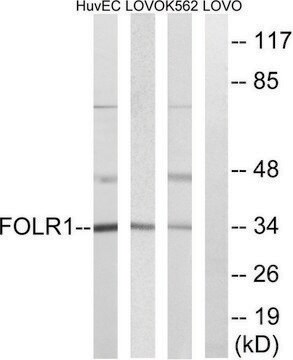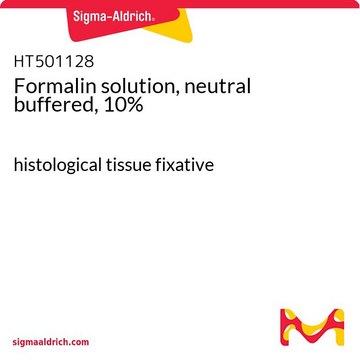Kluczowe dokumenty
857324P
Avanti
17:0 Cyclic LPA
Avanti Research™ - A Croda Brand 857324P, powder
Synonim(y):
1-heptadecanoyl-glycero-2,3-cyclic-phosphate (ammonium salt)
About This Item
Polecane produkty
Próba
>99% (TLC)
Formularz
powder
opakowanie
pkg of 1 × 1 mg (857324P-1mg)
producent / nazwa handlowa
Avanti Research™ - A Croda Brand 857324P
typ lipidu
phospholipids
cardiolipins
Warunki transportu
dry ice
temp. przechowywania
−20°C
ciąg SMILES
O=P1([O-])O[C@H](COC(CCCCCCCCCCCCCCCC)=O)CO1.[NH4+]
InChI
1S/C20H39O6P.H3N/c1-2-3-4-5-6-7-8-9-10-11-12-13-14-15-16-20(21)24-17-19-18-25-27(22,23)26-19;/h19H,2-18H2,1H3,(H,22,23);1H3/t19-;/m1./s1
Klucz InChI
QQOXNBRKDUFLHW-FSRHSHDFSA-N
Opis ogólny
Zastosowanie
Działania biochem./fizjol.
Interestingly, many of these cellular responses caused by cPA oppose those of LPA despite the activation of apparently overlapping receptor populations.
Opakowanie
Informacje prawne
Kod klasy składowania
11 - Combustible Solids
Temperatura zapłonu (°F)
No data available
Temperatura zapłonu (°C)
No data available
Wybierz jedną z najnowszych wersji:
Certyfikaty analizy (CoA)
Przepraszamy, ale COA dla tego produktu nie jest aktualnie dostępny online.
Proszę o kontakt, jeśli potrzebna jest pomoc Obsługa Klienta
Masz już ten produkt?
Dokumenty związane z niedawno zakupionymi produktami zostały zamieszczone w Bibliotece dokumentów.
Nasz zespół naukowców ma doświadczenie we wszystkich obszarach badań, w tym w naukach przyrodniczych, materiałoznawstwie, syntezie chemicznej, chromatografii, analityce i wielu innych dziedzinach.
Skontaktuj się z zespołem ds. pomocy technicznej








